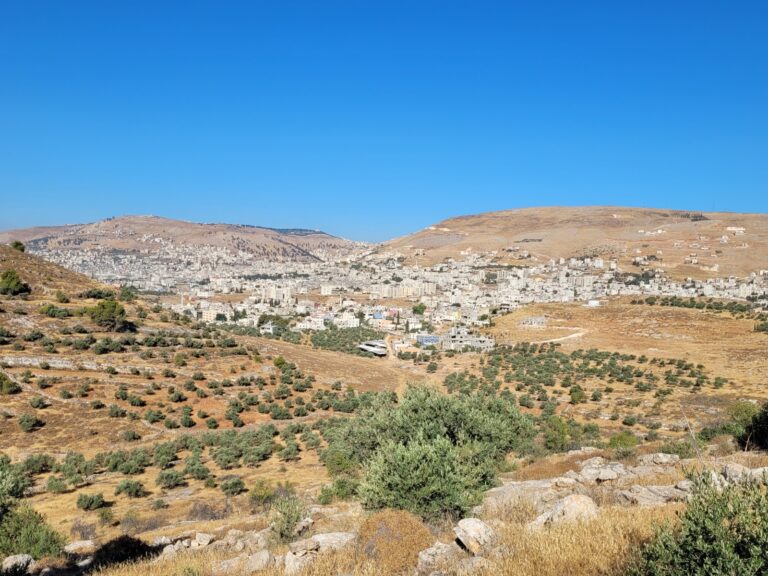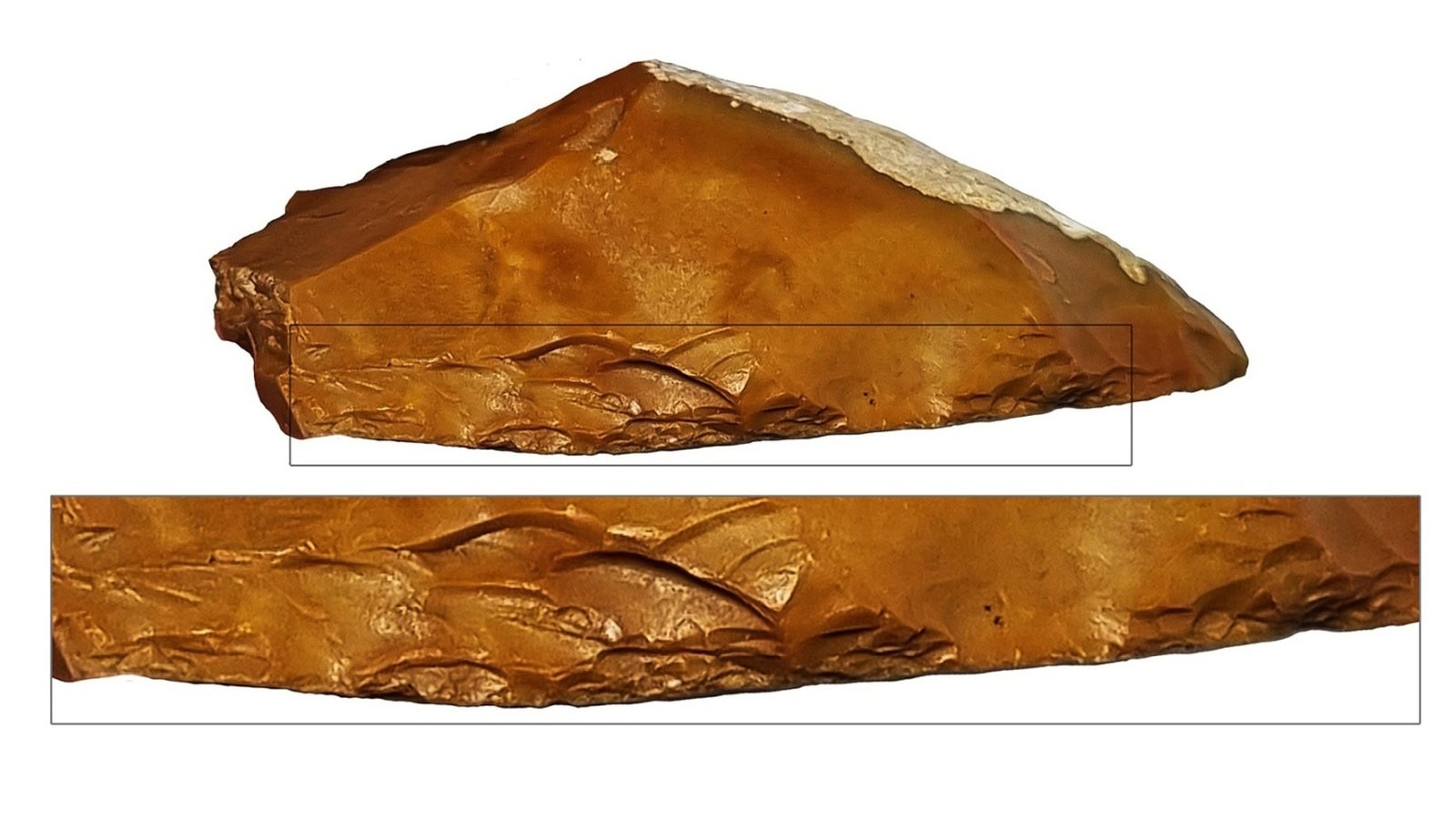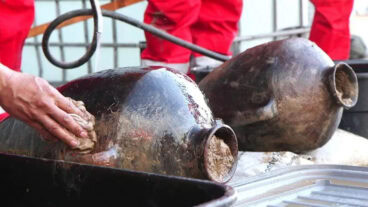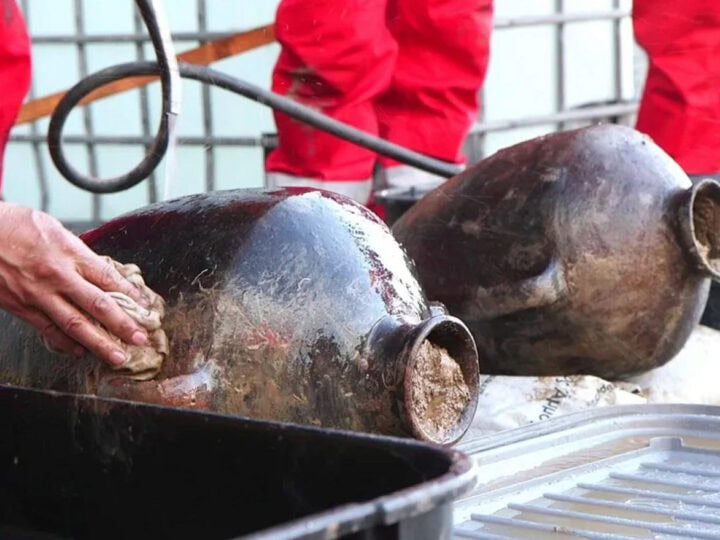Archeologists in Israel have uncovered the butchering knives that prehistoric man developed after he started eating fallow deer instead of elephants. The flint tools are evidence of how early humans were already making technological advances in response to environmental changes some 400,000 years ago.
Researchers from Tel Aviv University (TAU) found the tools — known as Quina scrapers, named after the site in France where they were first discovered — at Jaljulia and Qesem Cave, archaeological sites in central Israel. They feature a sharp, scale-shaped working edge, well suited to butchering prey and processing hides.
They say the tools represent the “earliest appearance worldwide” of such implements which later spread throughout the world.
The research is published in Archaeologies, a Journal of the World Archaeological Congress.
New tools for a new diet
Straight-tusked elephants were once the staple diet for homo erectus (upright man) across the Middle East, until they were wiped out by a now-familiar combination of climate change, deforestation and over-hunting.
Hunters were forced to switch their diet to fallow (brownish-yellow) deer, which were far smaller animals, requiring a new set of better-shaped, and more delicate butchering tools.
“Clearly, butchering a large elephant is one thing, and processing a much smaller and more delicate fallow deer is quite a different challenge,” said Vlad Litov, who jointly led the study at TAU’s Department of Archaeology and Ancient Near Eastern Cultures.
“Systematic processing of numerous fallow deer to compensate for a single elephant was a complex and demanding task which required the development of new implements.
“Consequently, we see the emergence of the new Quina scrapers, with a better-shaped, sharper, more uniform working edge compared to the simple scrapers used previously.”
The researchers found many examples of the Quina scrapers during excavations at the Jaljulia prehistoric site (next to Highway 6) and the nearby Qesem Cave.

They believe the new generation of knife makers imported the flint for their blades from the area where the fallow deer calved, at the sacred Mounts Ebal and Gerizim (later of Biblical significance), about 20 kilometers away in Samaria. Numerous other tools found at Juljulia were made of local stone; only the Quina scrapers were made of stone from further away.
“On the one hand, humans started making more sophisticated tools because they had to hunt and butcher smaller, faster, thinner game,” said Prof. Ran Barkai, who was also joint leader of the study.

“On the other hand, we identify a perceptual connection: Mounts Ebal and Gerizim were a home range of fallow deer and thus considered a source of plenty,” Barkai said. “We found a connection between the plentiful source of fallow deer and the source of flint used to butcher them, and we believe that this link held perceptual significance for these prehistoric hunters.”















